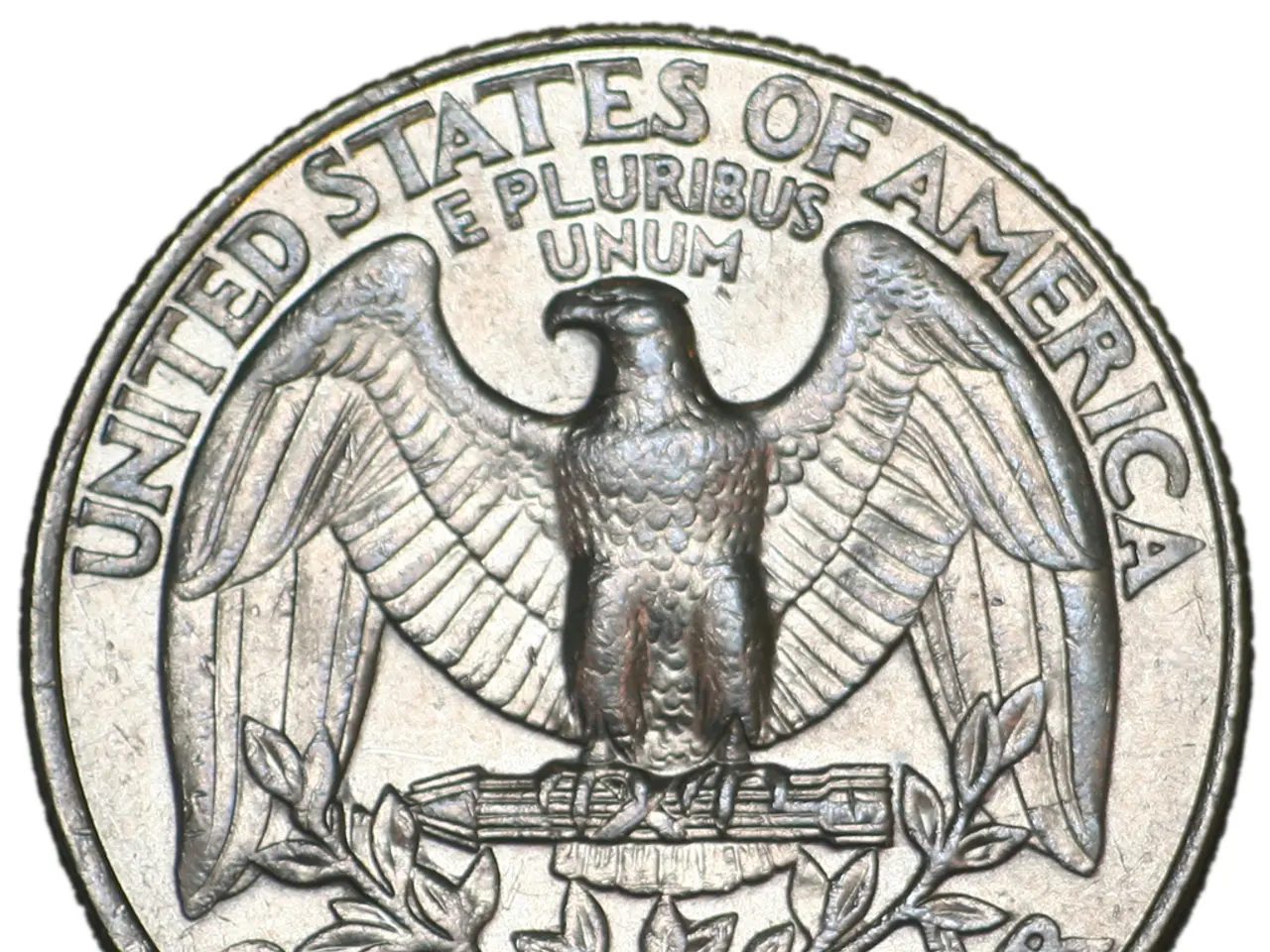Major financial institution Citigroup contemplates launching stablecoin production, following a growing trend among leading banks diving into the digital asset sphere.
In a significant shift for the traditional banking sector, major U.S. financial institutions are embracing blockchain technology and exploring the issuance of stablecoins. This move follows Citigroup's potential stablecoin issuance, which was announced by CEO Jane Fraser during a post-earnings conference call.
Citigroup, the third-largest U.S. bank, is actively exploring multiple avenues in the digital asset space. The bank is not only considering issuing its own stablecoin but is also looking into reserve management services for stablecoins and developing custody solutions for crypto assets. This comprehensive approach to blockchain-based financial services positions Citigroup at the forefront of the traditional banking sector's digital transformation.
The U.S. President, Donald Trump, approved the introduction of a legal framework for stablecoins in July 2025, a move considered important by Citigroup for its digital payments strategy project. The federal government's regulatory clarity has opened new opportunities for traditional financial institutions, with major players like JP Morgan, Bank of America, and Wells Fargo also considering launching stablecoins.
Citigroup's focus on tokenized deposits alongside stablecoin issuance is not just about payment solutions. It represents a strategic positioning for the future of digital payments, potentially offering clients yield-generating products as well. The bank's increased crypto activity can be attributed to the Trump administration's more favorable regulatory stance toward digital assets.
The Federal Reserve has also played a role in this shift, eliminating two supervisory rules that required banks to notify regulators before engaging in crypto activities and obtain approval for stablecoin-related services. This decision has made it easier for banks to participate in the digital asset space.
Meanwhile, the high-profile public listing of stablecoin issuer Circle earlier this year demonstrated strong institutional and retail interest in the sector. The market capitalization of stablecoins has significantly increased this year, with yield-bearing stablecoins now representing approximately 4.5% of the total market and maintaining a circulating supply of $11 billion. Tether reported that more than 109 million wallets currently hold USDT, the leading stablecoin by market cap, in Q4 2024.
The entrance of major financial institutions into the stablecoin market is not limited to the U.S. Société Générale, a major French bank, has become the first to issue a dollar-pegged cryptocurrency, "USD CoinVertible", which will launch on Ethereum and Solana public blockchains this month.
As the landscape of finance continues to evolve, it appears that traditional financial institutions are recognising the potential of blockchain technology and digital assets. This shift is not just a response to market demands but also a strategic move to remain competitive in an increasingly digital world.
In other news, Citigroup reported strong second-quarter results that beat Wall Street estimates, with shares briefly touching their highest level since the 2008 financial crisis. The bank also announced plans to buy back at least $4 billion in stock.
Read also:
- Musk threatens Apple with litigation amidst increasing conflict surrounding Altman's OpenAI endeavor
- Transitioning to Electric Vehicles Places Heavy Demand on Power Grids
- E-mobility continues its progress after a decade since the scandal, staying on course
- The Commission deems the assistance program to be in agreement with the domestic market regulations.







